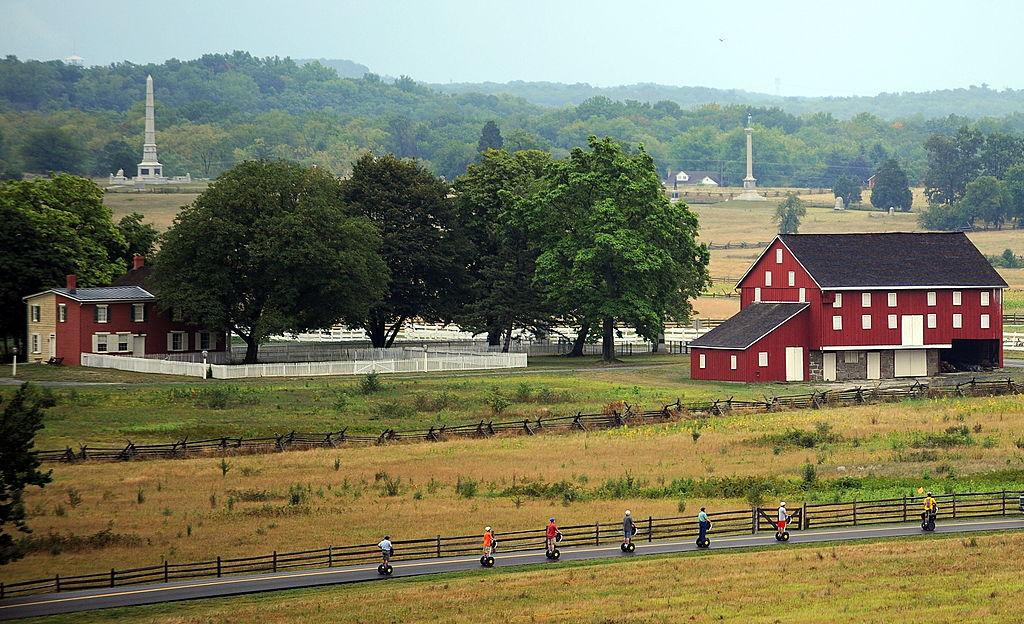America’s history is full of both bravery and bloodshed, noble ideas and flawed men. One of the places that seems to show this so clearly is Gettysburg National Battlefield.
The Battle of Gettysburg marked the turning point of the Civil War. The North and South met for three days in the stifling July heat and fought each other in what became the bloodiest battle of the war. General Robert E. Lee and his Army of Northern Virginia retreated, and would never cross the Mason-Dixon line into the Union side again.





